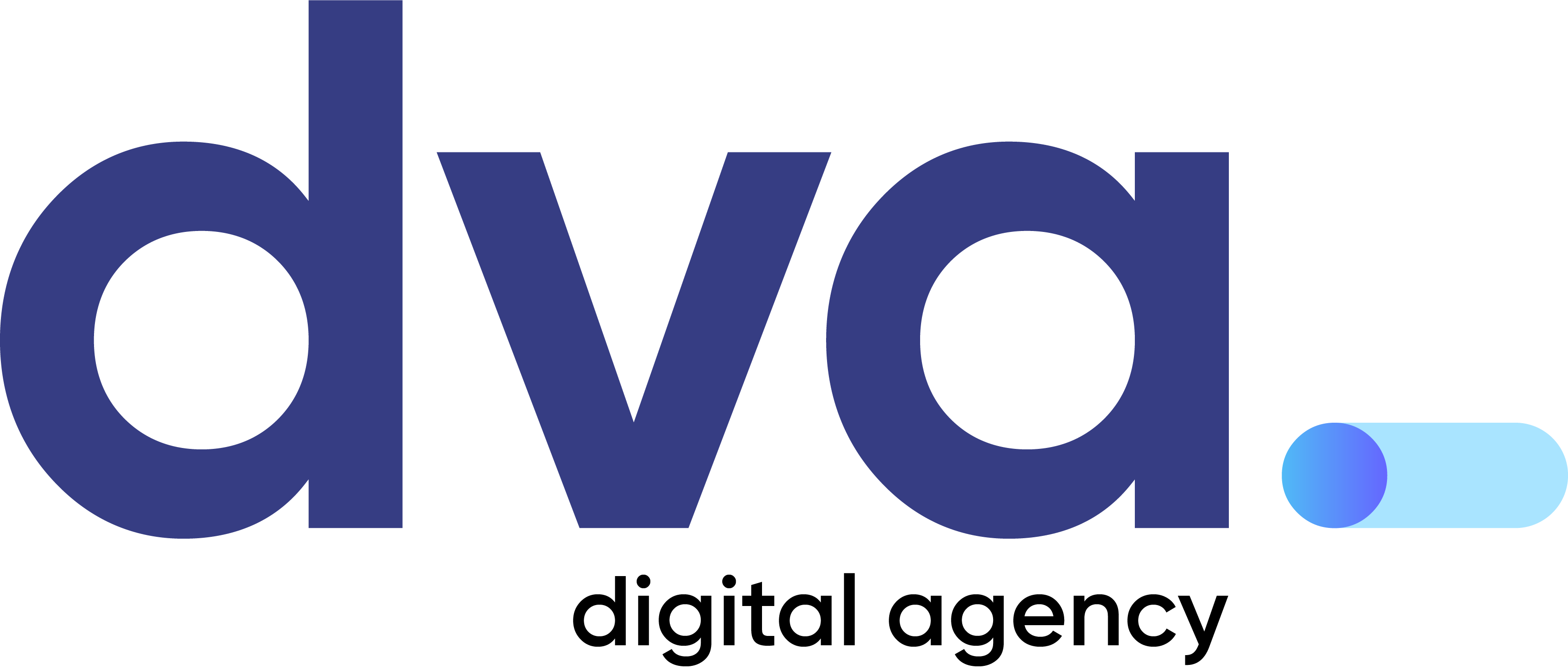
Accessible Design: How to Make Your Website Inclusive
In today’s digital landscape, creating an accessible website isn’t just a luxury—it’s a necessity. Accessible design ensures that your website is usable by everyone, including people with disabilities. This approach broadens your audience, promotes inclusivity, and ensures that you comply with regulatory standards like the Americans with Disabilities Act (ADA) or the Web Content Accessibility Guidelines (WCAG).
Table of contents
Why Accessibility Matters
Understanding the importance of accessibility is crucial. Approximately 15% of the world’s population lives with some form of disability, so making your website accessible ensures that these people can interact with your content. In addition to inclusivity, accessibility also brings practical benefits such as legal compliance, improved user experience, and better search engine performance thanks to optimized structure and content.
Key Principles of Accessible Design
An accessible website is based on a few key principles. The first is to make sure that content is perceivable to all users. This means providing text alternatives for non-text content, such as using alt text for images, and adding subtitles or transcripts for audio and video content. Sufficient color contrast is also important to make text readable against the background.
In addition, it is essential to make the website usable for everyone. This means that all interactive elements must be navigable via keyboard and that time limits cannot be restrictive. Clear and descriptive labels for buttons and form fields improve usability.
A well-designed website should also be understandable. Using simple language for texts and instructions provides clarity, while predictable navigation and consistent layouts help users feel comfortable and confident while browsing. When errors occur, it helps to provide clear messages explaining what went wrong and how to fix it.
Robustness is another essential principle, as websites need to work seamlessly with different supporting technologies. Semantic HTML ensures compatibility with screen readers, and regular testing across browsers and devices helps identify potential obstacles.
Practical steps to improve accessibility
There are practical steps you can take to improve accessibility. Using alt text for images enables visually impaired users to understand the meaning of visuals through screen readers. Keyboard accessibility ensures that all interactive elements—such as menus, forms, and buttons—can be operated without a mouse. Adding transcripts and subtitles to multimedia content benefits deaf or hard of hearing users and those who prefer to read rather than listen.
Ensuring sufficient color contrast is another important step, as it makes text more readable and improves the overall visual experience. For forms, it helps to clearly label fields and associate labels with input fields, while error messages can guide users in correcting errors.
Accessibility Testing and Tools
Testing your website with assistive technologies is an essential part of the process. Tools like screen readers and keyboard-only navigation can help you identify accessibility issues that might otherwise go unnoticed. There are also several online resources and tools available to support your efforts. For example, WAVE is a web accessibility evaluation tool, and Axe is a browser extension for accessibility testing. The Color Contrast Analyzer checks the contrast levels between text and background, while the WCAG guidelines serve as the official source for web accessibility standards.
The Commitment to Inclusive Design
Accessible design isn’t just about meeting legal requirements; it’s about creating a digital environment where everyone can thrive. By integrating accessibility principles into your web design process, you’re taking an important step toward equity and usability. Accessibility isn’t a one-time task; it’s an ongoing commitment. By starting small, making consistent improvements, and continually testing your site, you can ensure that inclusivity remains a priority. Creating an inclusive web environment is an effort worth making.


